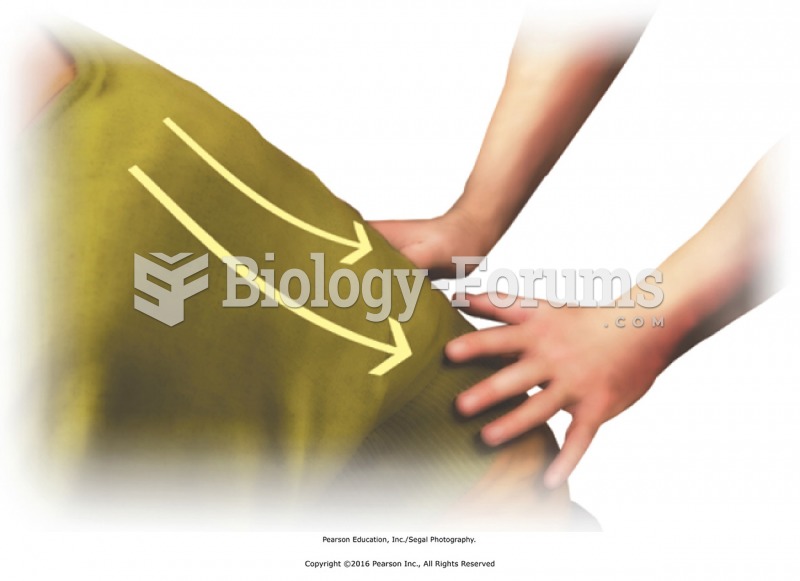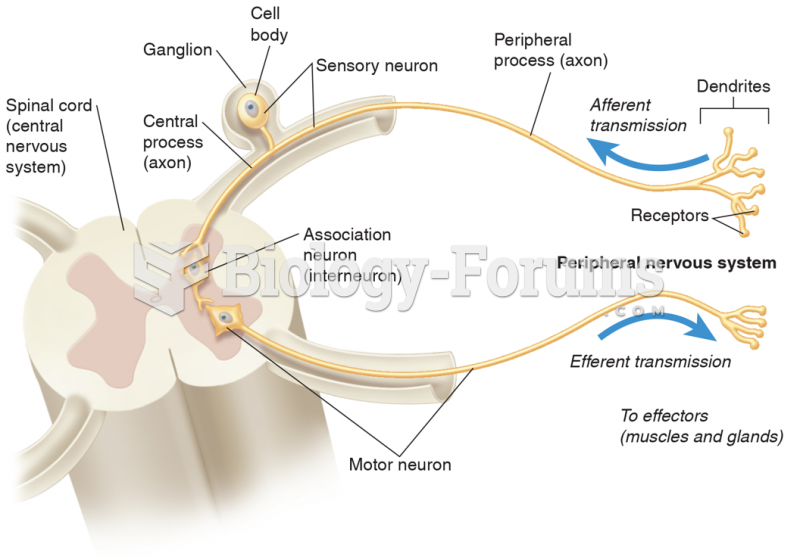Answer to Question 1
ANS: D
With low back pain in a patient, it is important to obtain a detailed history of the onset and progression of the pain. A thorough pain history should be completed, noting its quality, location, radiation, and intensity as well as any exacerbating and relieving factors. A thorough review of systems is necessary to identify any associated symptoms that may indicate an urgent problem. These include altered bowel and/or bladder function, fever, weight loss, and/or weakness. The physical examination should begin by noting the patient's posture and apparent level of comfort. The standing patient should be directed through a series of maneuvers to assess the back motion, including flexion, hyperextension, lateral flexion, and rotation, as the smoothness of motion, ROM, and any obvious signs of discomfort are noted. Observe the patient walking on heels and on toes, noting any signs of weakness. Next, with the patient resting supine on the examination table, the straight leg maneuver should be performed. As the patient rests supine with both legs extended, the examiner should passively elevate one leg at a time. A positive test is indicated if the patient experiences discomfort with the initial elevation rather than once the hip has been hyperflexed beyond 50 degrees. If the results indicate nerve impingement or disk injury, further radiographic testing is then indicated.
Answer to Question 2
ANS: D
Prepatellar bursitis is also called housemaid's knee, which is common to persons whose occupation requires extended periods of kneeling, such as plumbers and carpet layers. This bursitis can also be caused by an infection. The patient complains of pain in the area inferior to and over the patella, and there is swelling and inflammation of the bursa. Chondromalacia patella is seen in young active persons of either gender. The condition is also commonly called patella-femoral syndrome and runner's knee. The pain involves the anterior knee, often develops gradually, and is moderate in intensity. Pain can be reproduced by pressing the patella against the femoral condyles, and there is tenderness around the patella. Other maneuvers that reproduce the pain include applying pressure against the patella as the patient extends the lower leg, flexing the quadriceps, and moving the patella from side to side. Crepitus and effusion are often present.







